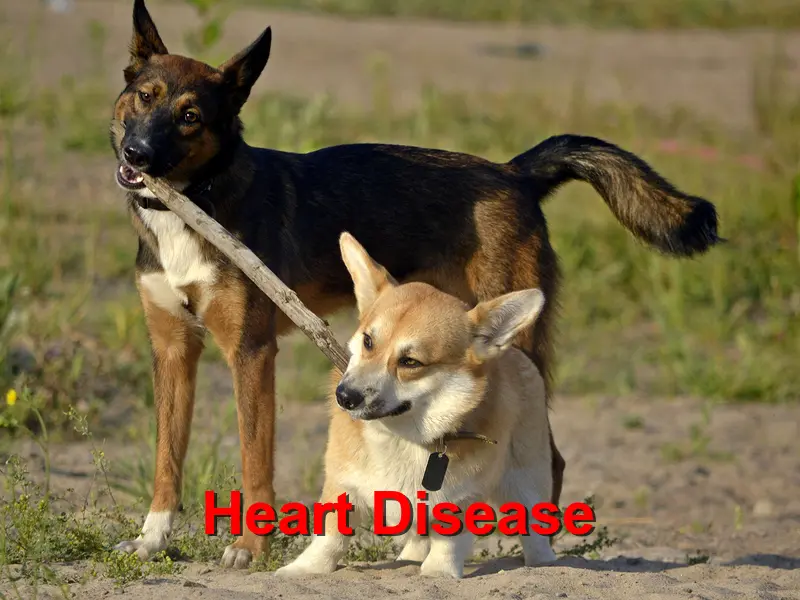Understanding Heart Disease: Heart failures in dogs
One of the lead causes of heart failure in canines is acondition known as valvular disease. The ailment is often prevalence by a state like a heartwormdisease, congenital heart disease or even dilated cardiomyopathy.
According to research, the valvular heart disease (VHD) affects 20-40% dogs andoften attacks small and toy dog breeds like Toy Poodles, Miniature, Chihuahuas,Lhasa apsos, Cocker spaniels, Poodles, and Schnauzers. VHD is also very commonin Yorkshire terriers, Cavalier King Charles spaniels, and other smallmixed-breeds.
Degenerative changes within the heart valves characterizethis disease. Like your heart, your dog also has a four-chambered heart withthe valves working to keep the blood flowing in the right direction. Once VHDaffects the dog’s heart, particularly the Mitral valve, valves become thick and distorted enough to grow no longeruseful. Essentially blood will start flowing freely without any correctdirection between the different chambers of the heart.
With this defectiveness, the heart ends up having a leaking valve from the ventricle to the atrium during a heartbeat. The heart pumps more blood at each beat to keep the flow balanced, causing it to enlarge. That results in an inefficient blood flow since the heart valves are slowly becoming defective. In the end, the heart swells and is characterized by a loud murmur over the chest.
Symptoms portraying VHD
As time goes by, the VHD state progresses enough to start depicting some visible signs. Clinical indications of this condition include a dry cough, difficulty in breathing, lethargy, exercise intolerance, fainting spells, and pale gums. Loss of appetite should be a cause of concern in regards to heart disease.
Diagnosis and treatment
VHD diagnosis will require a thorough physical examination with your veterinarian for condition assessment. Mostly, an x-ray, blood test, blood pressure test, and an echocardiogram would be used to help diagnose the dog’s condition. An ECG (electrocardiograph) is also an advanced option that records the dog’s heart electrical action.
Diagnosis may turn positive for valvular heart disease, and your veterinarian will prescribe different remedies for treatment. Diuretics, physical exercise, and nutritional modification are perhaps the most common options to help keep the heart in check. Advanced cases would need drug therapy to help with the blood circulation.
Preventive measures
As a progressive disease, VHD is essentially non-preventable. Still, timely visits to the vet with your dog can help identify the condition before further development.
Science Daily, UOP, NIH, VIN





